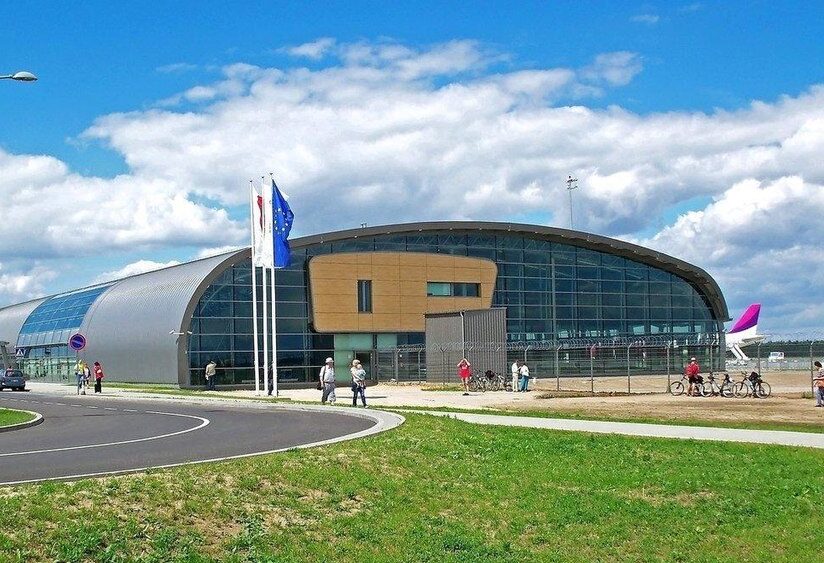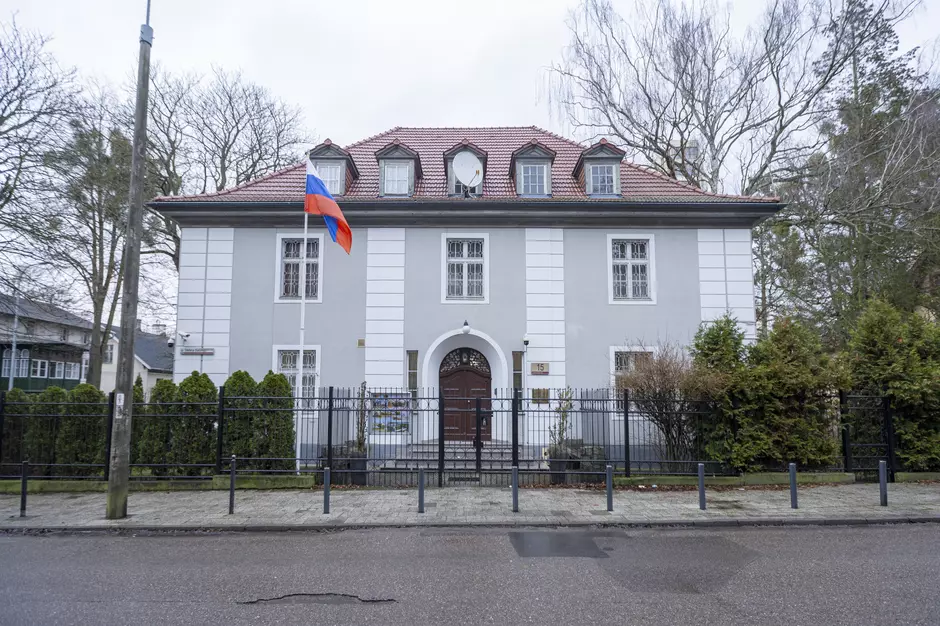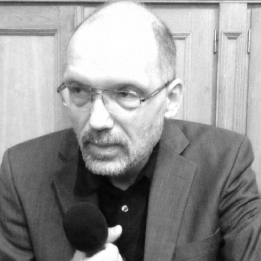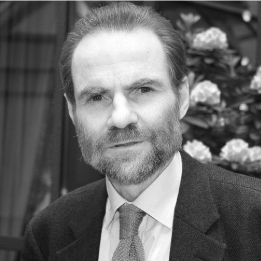Keep our news free from ads and paywalls by making a donation to support our work!

Notes from Poland is run by a small editorial team and is published by an independent, non-profit foundation that is funded through donations from our readers. We cannot do what we do without your support.
Ryanair has announced that it will invest $400 million in Poland’s Warsaw Modlin Airport as part of a multi-year agreement aimed at more than tripling its annual passenger numbers at the site to over five million by 2030.
Under the agreement, the Irish budget airline giant, which is the only one currently operating at Modlin, will increase the number of Boeing 737 aircraft based at the airport from four to eight and launch up to 25 new routes.
The contract comes after years of strained relations between the carrier and Modlin – the Polish capital’s second airport – which has led passenger numbers to drop by more than half since 2023.
Multi-year growth agreement between Ryanair and Modlin Airport has officially been SIGNED! 🇵🇱
Current traffic of 1.5M passengers PA will TREBLE to 5M+ by 2030.
Facility developments will also allow us to:
✈️ double our fleet
✈️ add 25 new routes
✈️ create 200+ new jobs pic.twitter.com/bRy6Cv3vFN— Ryanair Press Team (@RyanairPress) July 8, 2025
The expansion is expected to create over 200 jobs for pilots, cabin crew and engineers, with an additional 400 roles in airport operations, including passenger services, security and retail.
In parallel, the airport has also committed to expanding its infrastructure by September 2027. Plans include the addition of four new passenger check-in desks, bringing the total to eight, and four new aircraft parking stands, increasing the total to 12.
“After three years of declining traffic at Warsaw Modlin Airport, we are pleased to sign this ambitious, multi-year agreement with the airport’s new management team,” Ryanair Group CEO Michael O’Leary said in a statement.
“In the next three years, thanks to the close cooperation between Ryanair and the airport, Warsaw Modlin will again be the fastest-growing airport in Poland, fostering the development of tourism and generating new jobs in the Mazovia region,” he added.
Ryanair is Poland’s largest carrier by passenger numbers. Last year it transported almost 17 million passengers in the country, more than twice as many as Polish flag carrier LOT, according to data from Poland’s Civil Aviation Authority.
The budget airline has been locked in a long-running dispute with Poland’s state airport operator over expanding Modlin airport, where it remains the sole carrier offering scheduled services.
Following years of operating under what Modlin described as an unfavourable contract, new airport charges introduced in 2023 prompted Ryanair to reduce its presence there, cutting its routes and based aircraft. As a result, passenger numbers declined significantly from 3.3 million in 2023 to a forecasted 1.5 million this year.
Ryanair has announced its biggest ever investment in Kraków, worth $800 million.
The airline, which is Poland's largest carrier by passenger numbers, will operate 73 routes – including 10 new ones – from the city this summer https://t.co/blrc9Gc4L2
— Notes from Poland 🇵🇱 (@notesfrompoland) April 25, 2022
Jacek Kowalski, president of Warsaw-Modlin Airport, praised the new deal with Ryanair, saying the facility “aspires to become one of the leading regional airports in the country, to the ‘first league’ of European airports serving low-cost airlines”.
According to Kowalski, Modlin, which is Poland’s seventh-largest airport by passenger numbers, can currently service 3.5 million people a year. “And joint plans entail impressive growth in the years to come,” he added.
Ryanair, which prefers operating from smaller, low-cost airports, has been a vocal critic of Poland’s plan to build a major new transport hub, the Central Communication Port (CPK), between Warsaw and Łódź.
The Polish government's planned mega-airport was conceived by “very stupid politicians”, says the CEO of Ryanair, Poland's biggest airline by passenger numbers.
The head of the project says it would be a "waste of time" to respond to O'Leary's comments https://t.co/c0KmZrDGzU
— Notes from Poland 🇵🇱 (@notesfrompoland) February 9, 2023
O’Leary has repeatedly called the project “incomprehensible” and “unnecessary”, arguing that the two existing airports in Warsaw are sufficient and accusing the Polish authorities of wasting public funds on what he has described as a misguided political initiative.
The CPK – which as well as an airport will include major rail and road connections – was a flagship project of the former Law and Justice (PiS) government.
After a new ruling coalition led by Donald Tusk took power in December 2023, the project’s future was uncertain. However, the new government later confirmed it would go ahead, albeit with a reduced initial target capacity of 34 million passengers instead of the 40 million planned under PiS.
A planned “mega-airport” in central Poland, which was a flagship project of the former government, will continue, @donaldtusk has confirmed.
But there will now be more emphasis on regional infrastructure, he says. “Poland will become one big megalopolis" https://t.co/OzGGvVHSdU
— Notes from Poland 🇵🇱 (@notesfrompoland) June 26, 2024

Notes from Poland is run by a small editorial team and published by an independent, non-profit foundation that is funded through donations from our readers. We cannot do what we do without your support.
Main image credit: Rado-NDM/Wikimedia Commons (under CC BY-SA 3.0)

Alicja Ptak is deputy editor-in-chief of Notes from Poland and a multimedia journalist. She has written for Clean Energy Wire and The Times, and she hosts her own podcast, The Warsaw Wire, on Poland’s economy and energy sector. She previously worked for Reuters.



















